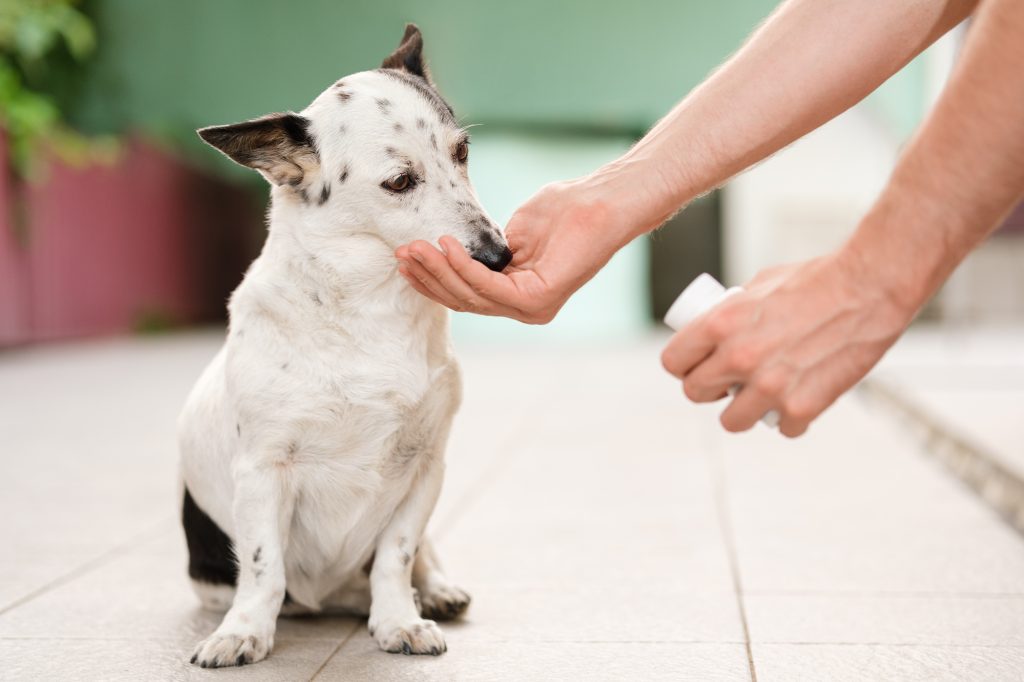We consider our pets as cherished members of our families, providing companionship, joy, and love. However, they also experience health crises that require immediate attention. Whether it’s an accident, sudden illness, or unexpected injury, being prepared for such emergencies can make a big difference in saving your pet’s life.

Any sudden or concerning changes in your pet’s behaviour or health should be taken seriously, and if a crisis is suspected, contacting your veterinarian or the emergency vet clinic for guidance and assistance is essential. Having an emergency vet checklist ready can ensure you act swiftly and effectively during these critical moments.
Understanding Pet Emergency Situations
Before delving into the checklist, it’s essential to recognize signs of a pet emergency. Common emergencies include:
- Difficulty breathing: Rapid breathing, choking, or gasping for air.
- Severe bleeding: Profuse bleeding that doesn’t stop with pressure.
- Trauma: Falls, accidents, or physical injuries.
- Ingestion of toxins: Consuming poisonous substances like chocolate, grapes, or household chemicals.
- Seizures: Uncontrolled convulsions or tremors.
- Unconsciousness: Loss of consciousness or extreme lethargy.
- Heatstroke: Panting excessively, weakness, or collapse in hot weather.
As you can see, dogs, cats, and other pets also experience emergency situations. Pet owners must be aware of them for prompt action.
Signs and Symptoms
Recognizing signs of a pet crisis is crucial for prompt intervention and ensuring the well-being of your furry friend. Common signs indicating a crisis include changes in behaviour such as increased aggression, withdrawal, excessive vocalization, or unusual hiding.
Loss of appetite, changes in eating habits, lethargy, weakness, difficulty breathing, vomiting, and diarrhoea are also common. Some pets experience excessive panting, drooling, visible injuries, or changes in urination or defecation, as well as seizures, tremors, excessive scratching or licking, changes in gait or mobility, changes in vocalization, alterations in appearance like hair loss or lumps, disorientation, confusion, or loss of consciousness.
The Emergency Vet Checklist
The emergency vet checklist provides a structured approach for pet owners to prepare for and manage pet health emergencies effectively. It includes essential items like emergency vet contact details, pet medical records, first aid supplies, transportation necessities, financial arrangements, and emergency contacts.
Additionally, it emphasizes the importance of staying calm, knowing basic first aid, and recognizing when professional help is needed. This checklist equips pet owners to respond promptly and decisively during crises, potentially saving their pet’s life.

1. Emergency Vet Contact Information
Keep the phone number, address, and directions to the nearest emergency veterinary clinic easily accessible. Additionally, have the number of a 24/7 animal poison control centre handy.
2. Pet’s Medical Records
Maintain a file containing your pet’s medical history, vaccination records, and any ongoing health issues. This information can be crucial for the veterinarian to make informed decisions during emergencies.
3. First Aid Kit
- Prepare a pet-specific first aid kit containing:
- Sterile gauze pads
- Adhesive tape
- Scissors
- Tweezers
- Digital thermometer (rectal)
- Hydrogen peroxide (to induce vomiting, only when instructed by a veterinarian)
- Antibiotic ointment
- Pet-safe disinfectant
- Muzzle (for dogs)
- Blanket or towel
- Transport Carrier
Have a sturdy and appropriately sized carrier or crate ready to transport your pet safely. Ensure it is well-ventilated and easily accessible.
5. Leash
Keep a leash near the door for quick and secure transportation, especially if your pet is injured or disoriented.
6. Emergency Funds
Set aside funds or have a designated credit card for unexpected veterinary expenses. Emergencies can be costly, and having financial arrangements in place can alleviate stress during critical moments.
7. Emergency Contact Person
Provide a trusted friend or family member with a spare key to your home and detailed instructions on caring for your pet in case you’re unavailable during an emergency.
8. Familiarization with Basic First Aid
Educate yourself on basic first aid techniques for pets. Online resources, books, or local workshops can provide valuable information on CPR, wound care, and handling emergency situations until professional help arrives.
If your pet is injured, administer basic first aid as needed. This may include applying pressure to stop bleeding, stabilizing fractures, or performing CPR if your pet is unresponsive and not breathing.
9. Stay Calm and Assess the Situation
During an emergency, remain calm to assess the situation accurately. Panicking can exacerbate your pet’s stress and hinder your ability to provide necessary care.
10. Know When to Seek Help
While some situations can be managed at home with basic first aid, others require immediate veterinary attention. Trust your instincts and seek professional help promptly if you’re unsure about your pet’s condition.
Bring your pet’s medical records, vaccination history, and any relevant information to provide to the veterinarian. This can help them make informed decisions about your pet’s care. Ask questions and stay informed about your pet’s condition and treatment plan. Understand any medications prescribed and follow the veterinarian’s instructions carefully.
11. Follow-Up Care
After the initial crisis has passed, follow any instructions provided by your veterinarian for ongoing care and recovery. Attending follow-up appointments as recommended. Being prepared can help you respond more effectively to future crises.
Conclusion
Preparing for pet emergencies is a responsibility that comes with pet ownership. By having an emergency vet checklist in place, you can act decisively and effectively during critical moments, potentially saving your pet’s life. Remember, swift action and preparedness are key to ensuring the safety, health, and well-being of our furry companions.
Article Supplied
